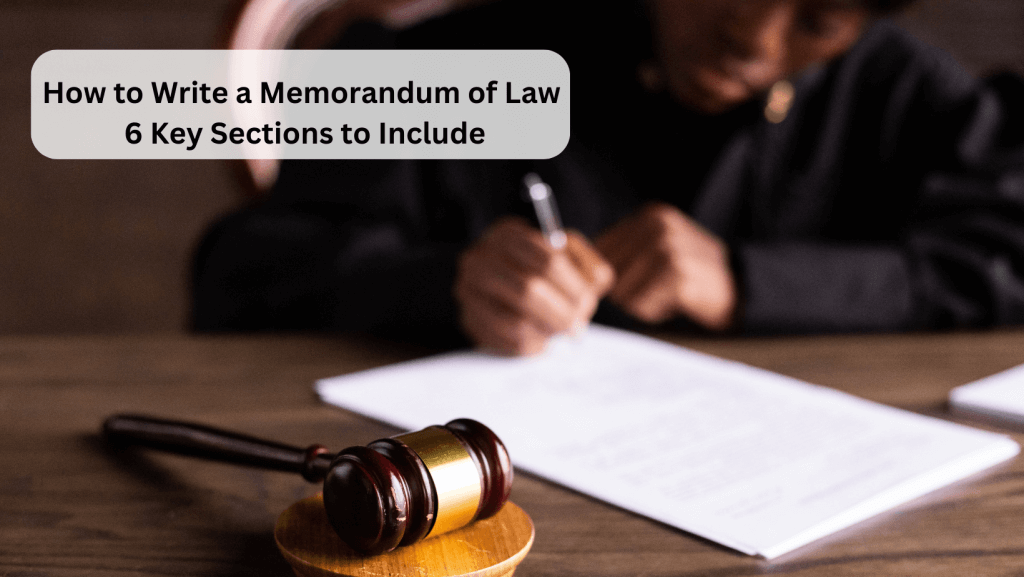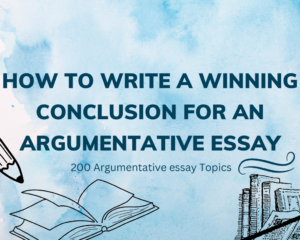Drafting a Memorandum of Law is a fundamental requirement for individuals in the legal profession. It is a crucial skill to master, whether you are a law student or preparing for the Multistate Performance Test (MPT). This document, also known as a legal memo, serves as an impartial memorandum that allows you to examine and research applicable case law, explore pertinent facts using accessible resources, assess these facts in the law context, and objectively evaluate the potential outcome of a legal issue.
Legal memos are assignments that junior associates at law firms are often tasked with delivering to more senior attorneys. Our team of legal professionals can assist you in comprehending and applying legal concepts to your legal memorandum task. They can also handle your law assignments. This blog covers all the features and tips to write a memorandum of law.
Difference Between an Open and a Closed Memorandum of Law
In a closed legal memo, you are provided with the case law or other primary legal sources. Conversely, an open legal memo presents a greater challenge, requiring you to research and identify applicable laws. It also examines and analyzes the most legally pertinent facts concerning a specific client, and offers a comprehensive evaluation of how the court might apply the law to the situation.
A legal memo is not the appropriate platform for advancing a legal opinion or engaging in factual arguments. The Memorandum of Law is an objective, self-contained document that outlines potential risks and highlights. It also looks into undisclosed facts requiring further examination. It should maintain a neutral and unbiased tone, devoid of implied favoritism toward either party involved.
Standard Memorandum of Law Format
Typically, a Memorandum of Law consists of six sections, each providing the following information:
Heading or Caption
Includes a section titled “Memorandum,” specifies the recipient (To _______), the author (From ____). Others are submission date of the assignment (usually in MMDDYYYY format), and the subject of the memo (Re: _______).
Question Presented
It is a brief, single-sentence statement that outlines the application of the law to the legal issue in question, along with the jurisdiction where the matter will be resolved. The presented question is precise and unbiased, avoiding the presumption of a legal conclusion. The question presented typically begins with words such as “Whether,” “Does,” or “Is.”
When writing the question Presented, you should incorporate three elements:
- Parties
- Cause of Action
- Facts relevant to the legal issue
Brief Answer
It is a brief legal prediction regarding the question presented, based on a brief explanation (typically four to five sentences) that references relevant law and facts. This brief answer should not include any citations.
Statement of Facts
Statement of facts describes the legally significant facts. The facts are crucial for addressing the presented legal question, along with any background facts that offer context. The facts should be arranged logically, without commentary or discussion on how the law will be applied. The Statement of Facts should encompass all facts mentioned in the Discussion section. It must encompass party names, crucial dates, events relevant to each element of the applicable regulations, and the jurisdiction.
Discussion
Restate the main facts and expand on the primary legal principle. Several paragraphs expound various legal topics to be addressed in the case, offering an analysis of the legal matters typically structured in subsections. It involves a comparison of your facts with the relevant facts in legal cases to analogize and distinguish the fact patterns.
Conclusion
Conclude your legal analysis by summarizing your response to the question Presented. This involves forecasting how the court will apply the law and assessing your confidence in this prediction based on the available data. In a neutral advisory manner, outline the recommended next steps and propose a legal strategy for moving forward. The conclusion should refrain from including any citations.
The Purpose of a Memorandum of Law
Legal memos offer remarkable versatility and usefulness. Their utility can vary depending on your law firm’s size and specialization, as they can function as a foundational means of communication when engaging with coworkers, clients, partners, and judges, among other stakeholders. Having a reliable legal memo template guarantees a consistent and readable format to initiate your work, simultaneously helping to streamline your writing process and reduce overall writing time.
However, a legal memo template serves as a valuable foundation, but refining your writing skills is paramount, especially considering the diverse readership of your legal memos. Enhancing your proficiency in legal writing enables you to write more efficiently and swiftly. Another technique for sharpening your skills is to share your templates with a colleague or a friend who’s also a legal professional.
Find Help with Your Law Assignments
Writing a memorandum of law, among other law assignments, can be complex. In such cases, it is beneficial to seek assistance from seasoned essay writers. Our law assignment experts extensively help with your college law assignments, homework assistance requests, exams, and classes. Contact us for an estimate.




